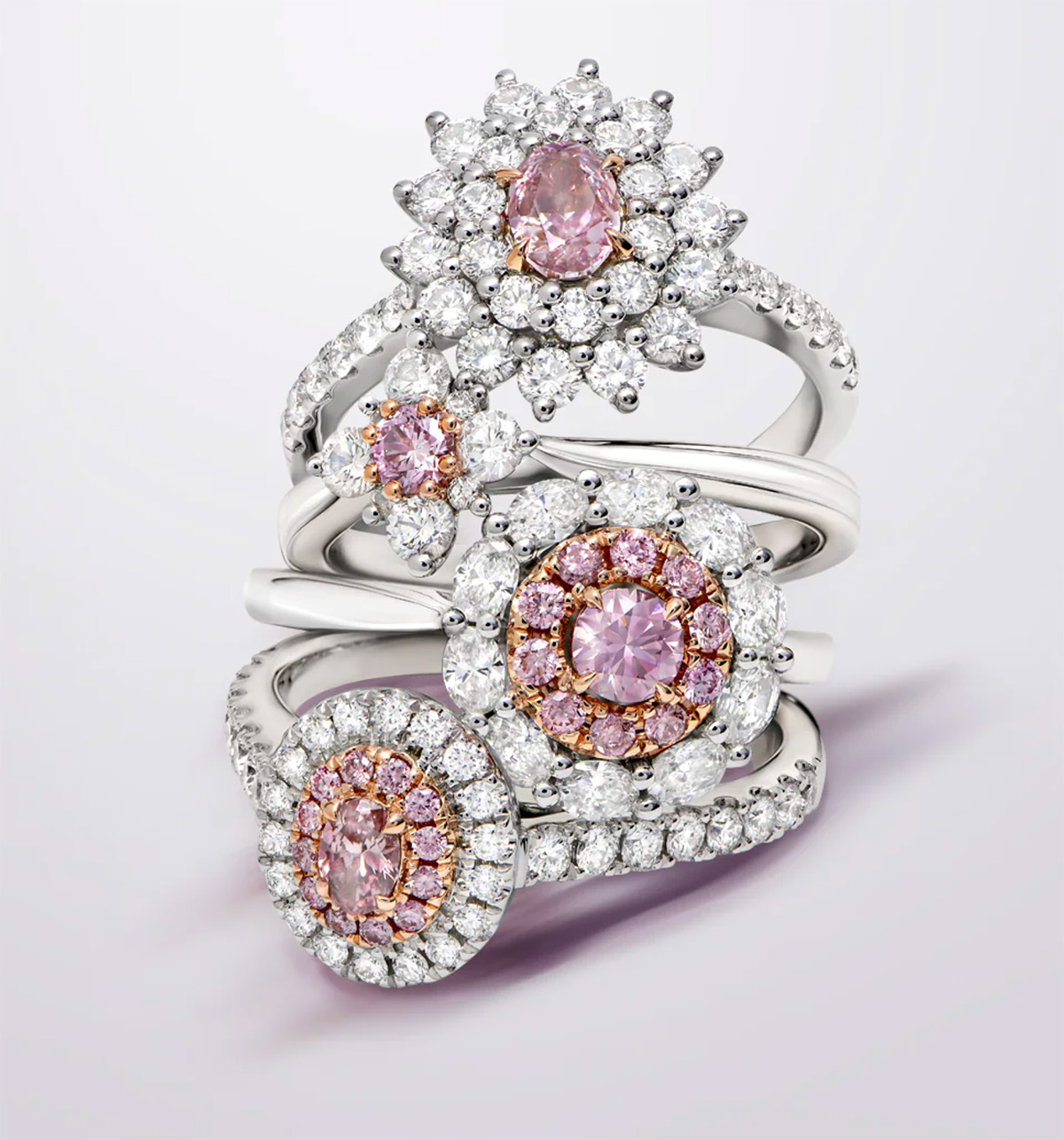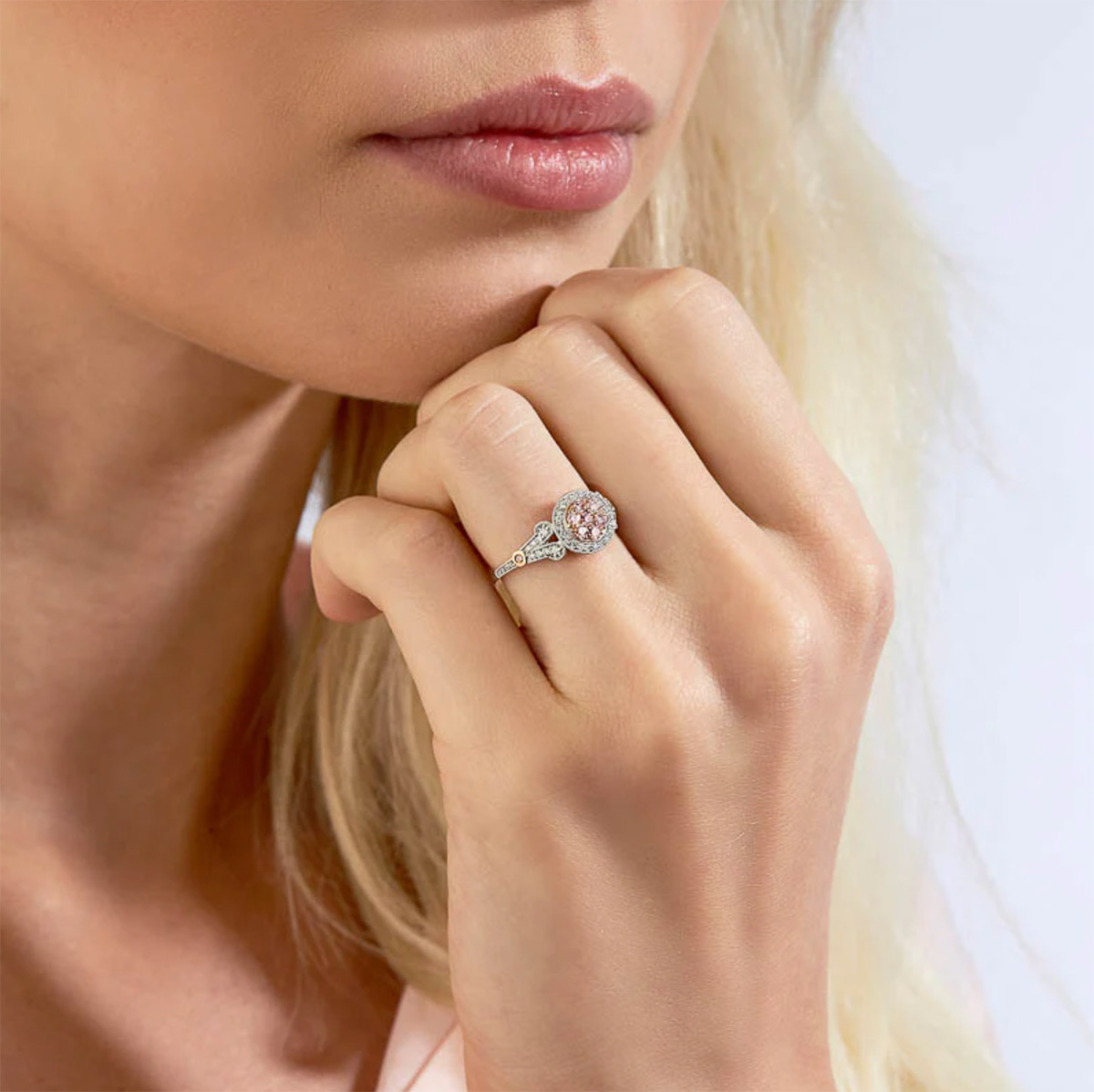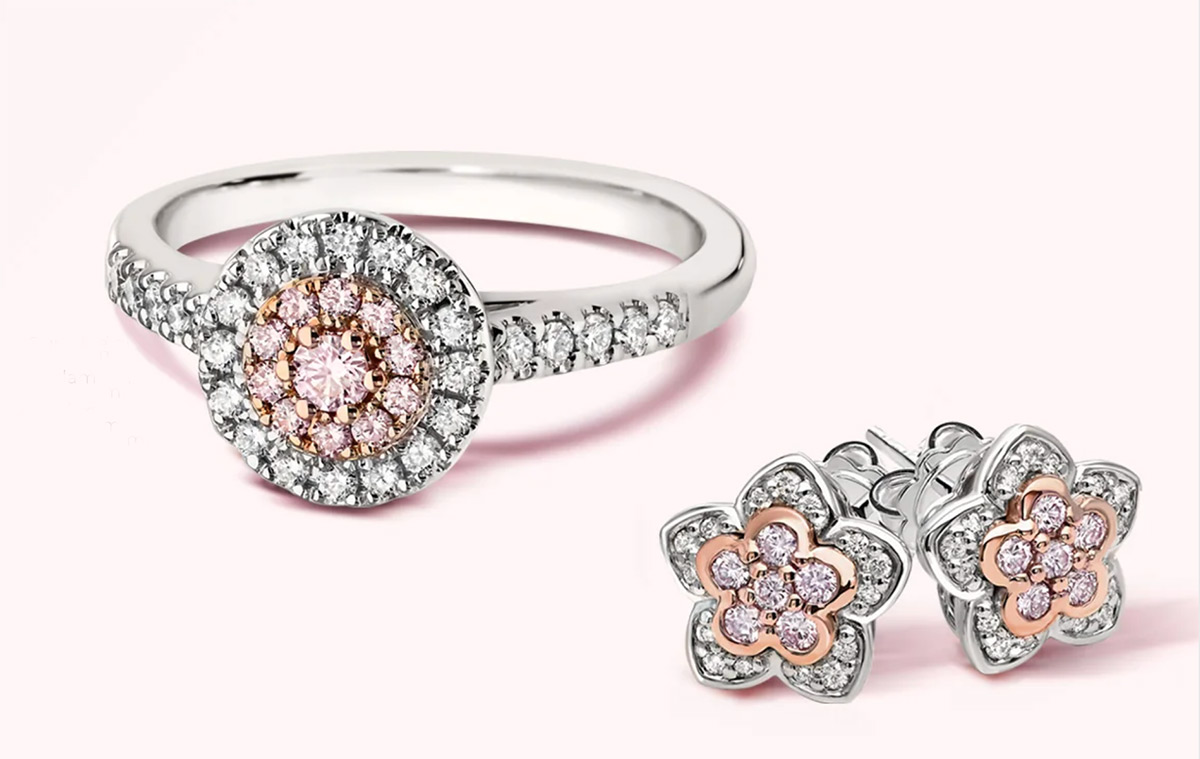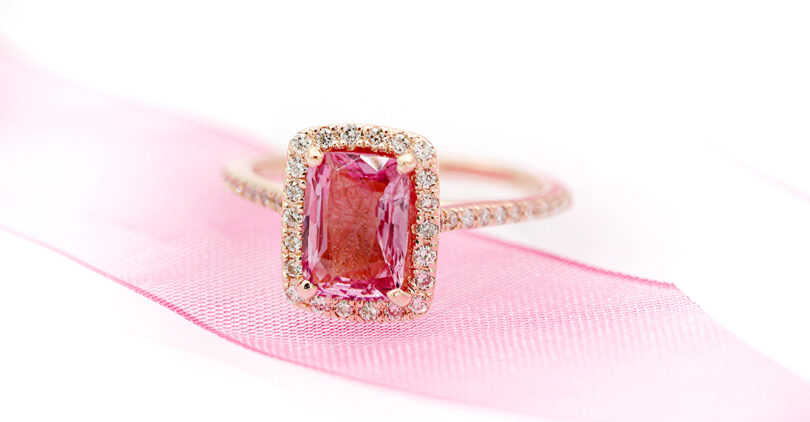Introduction
The pink diamond market represents a fascinating and complex segment of the gemstone investment landscape. Known for their rarity and stunning beauty, pink diamonds have garnered significant attention not just from collectors and connoisseurs but also from savvy investors. Understanding this market requires a deep dive into the nuances of price fluctuations and the development of sound investment strategies. In this exploration, we will unravel the intricacies of the pink diamond market, shedding light on what drives its value and how to navigate its fluctuations. This insight is crucial for anyone looking to invest in these exquisite gems, ensuring informed decisions that balance the allure of beauty with the pragmatism of investment.

The Rarity of Pink Diamonds
Pink diamonds are among the rarest and most valuable gemstones in the world, their rarity stemming from a unique set of factors. Firstly, their color is a result of a rare occurrence in the diamond’s atomic structure, making each pink diamond unique. The intensity of the pink hue varies greatly, and those with deeper, more vivid colors are especially rare and sought after.
The scarcity of pink diamonds directly influences their pricing. Since these diamonds are found in very few mines across the world, with a limited supply, their rarity is a significant driver of their high value. The stronger the color and the fewer the inclusions, the more valuable the diamond. This rarity, combined with growing demand from investors and collectors, ensures that pink diamonds often command premium prices in the market.

Understanding Pink Diamond Pricing
The pricing of pink diamonds is influenced by several key factors, with color intensity, clarity, and carat weight being paramount. The intensity of the pink hue significantly dictates the price; deeper and more vivid pinks command higher values. Clarity, or the lack of internal flaws, also plays a critical role, with clearer diamonds fetching higher prices. Additionally, the carat weight of a pink diamond directly impacts its value – larger diamonds are rarer and, therefore, more expensive.
Market demand and supply dynamics also significantly affect pink diamond pricing. With the closure of major mines like Argyle, the supply of pink diamonds has dwindled, causing prices to rise. The growing demand among collectors and investors for these rare gems further escalates their value. This interplay of rarity, quality, and market conditions makes pink diamond pricing a complex yet fascinating aspect of gemstone investment.

Price Trends and Fluctuations of Pink Diamonds
Historically, pink diamonds have exhibited a consistent upward trend in pricing. This steady increase is largely attributed to their rarity and the growing appreciation of their unique beauty. Over the years, as the supply of pink diamonds, particularly from primary sources like the Argyle mine, began to diminish, their prices saw a significant surge.
Recent market changes have further influenced these price dynamics. With the closure of the Argyle mine, a key source of pink diamonds, there has been a notable impact on prices. This event has led to a scarcity of supply, which, coupled with sustained demand, has driven prices upward. The Argyle pink diamond price chart reflects this, with investors and collectors now more keenly aware of the rarity of these gems, leading to heightened competition and increased valuation in the market. This trend underscores the evolving nature of pink diamond pricing, shaped by both historical patterns and contemporary market shifts.
Investment Strategies for Pink Diamonds
Investing in pink diamonds requires a long-term perspective. Given their rarity and the upward trajectory in pricing, pink diamonds are typically not short-term investments. They are best suited for investors looking to hold onto them for several years, allowing their value to appreciate over time.
Diversification within the pink diamond market is also crucial. Investors should consider a range of factors such as color intensity, size, and cut to spread risk. Including a variety of pink diamonds in your portfolio can balance potential returns against market fluctuations.
For first-time investors in pink diamonds, it’s essential to start with thorough research. Understanding the nuances of diamond grading and market trends is key. Consulting with experienced gemologists or investment experts can provide valuable insights. Additionally, purchasing from reputable dealers with verified credentials ensures authenticity and quality, safeguarding your investment.
The Future of the Pink Diamond Market
The future of the pink diamond market, based on current trends, appears promising for investors. With the closure of major mines like Argyle, the rarity of pink diamonds is expected to increase, potentially driving their value higher. This scarcity, coupled with a consistent demand, suggests a favorable market outlook where pink diamonds could continue to appreciate in value.
However, potential risks should not be overlooked. The market for luxury goods, including rare gemstones, can be influenced by global economic factors. Investors should be aware of these broader market dynamics and their potential impact on the pink diamond market.
Opportunities in the pink diamond market lie in its niche appeal and the growing interest in rare, colored gemstones. For discerning investors, pink diamonds offer a unique combination of beauty and rarity that could translate into a lucrative investment over the long term.
Conclusion
Navigating the pink diamond market effectively hinges on a deep understanding of pricing dynamics and strategic investment approaches. The rarity and unique allure of pink diamonds make them a potentially valuable investment, but this comes with the need for careful consideration of market trends and pricing factors. Recognizing the long-term perspective and the importance of diversification is key to capitalizing on their investment potential. As the market for these rare gems continues to evolve, informed investors who understand these nuances are well-positioned to benefit from the enduring value of pink diamonds.
































